The content of the article
Soil acidity is one of its main indicators. Knowing the acidity of the soil, it is possible with great success to plan the planting of certain crops, as well as to regulate this acidity with the help of special chemical compounds.
What is soil acidity
The normal acidity of the soil is 7 pH.Very acidic soil has an indicator up to 4 pH, 4-4.5 strongly acidic pH, 4.5-5 medium acidic pH, 5.1-5.5 slightly acidic pH. Acidity of the soil with indicators above 7 pH causes an alkaline reaction. As an example, the acidity of some food and household substances.
- Gastric acid is an example of a strongly acidic substance with a pH of no more than 2.
- Lemon juice, vinegar and Coca-Cola have an acidity of 2–3 pH.
- The acidity of beer, wine and apple juice is 3.5-4.5 pH.
- Milk and pure water have a neutral acidity of 6.5-7 pH.
- Substances with a pH above 7 are alkaline, this soap and laundry bleach (pH 9-12).
How soil acidity affects plants
Everyone knows that plants absorb all the beneficial elements that are contained in the soil. But the content of these elements in the soil is directly dependent on acidity. Many of the crops that are grown in our strip grow most favorably in slightly acidic or neutral soil. In addition, fruits grown in acidic soil have a pronounced sour taste. There are several effective ways to determine the acidity of the soil at your summer cottage.
How to determine the acidity of the soil
Appearance of soil
The first and easiest way to determine the acidity of the soil is to consider it carefully. Strongly acidic soil has a reddish and even rusty hue. The water accumulated in the low of acidic soil has a thin iridescent film on the surface.
You can also determine the acidity of the soil plants that grow on this soil. After all, every weed grows only where the acidity of the soil meets all its needs.
- On the soil with high acidity grow cornflower, mountaineer pochechuyny, spikelet, ivan da Marya, field horsetail, silverweed, creeping buttercup, daisy, mint, heather, Veronica Dubravnaya, plantain, pickle, tricolor violet, horse sorrel. Usually acidic soil has high humidity.
- Low acid soil is characterized by a large number of other plants. Among them are the bird mountaineer, alfalfa, coltsfoot, alfalfa, wood louse, sow thistle, nivnyak, dog rose, burdock, chamomile, wheat grass.
- The following plants, such as nettle, quinoa, and red clover, speak of neutral soil acidity. In general, if the nettle grows on the plot, it is very good. This suggests that in the soil a lot of organic acids, which are useful for plants.
- If the soil is dense and poor in useful minerals, then plants such as thistle, mustard, spurge, sweet clover, smolevka will grow on the site.
- On alkaline soil can be found poppy and field bindweed.
Thus, it is possible to determine the acidity of the soil only for those plants that grow on it. Also note the concentration of plants. In the soil of neutral acidity, as well as in weakly acidic soil, the plants feel great, so there are a lot of weeds in this area. And if the greens are poor and low, then the soil is more likely alkaline.
Klychnikov method
There is another way to determine the acidity of the soil at home. This is the notorious method of the agronomist Klychnikov.
- Gather some soil from the area whose acidity you want to determine.
- Dry the earth and fill it in half with the bottle.
- Then take some chalk and wrap it in paper, not quite tight. Dip a piece of paper with chalk into the bottle.
- Put a compressed fingertip on the neck of the bottle. It should not be air, the fingertip should be flattened. Instead of a fingertip, you can use part of a rubber glove, the main thing is tightness.
- Then it is necessary to shake the bottle so that the chalk is poured out and mixed with the soil.For the purity of the experiment, shake the bottle, holding it with a towel or in a cloth glove so that the heat from the hands is not transferred to the glass.
- If the soil is acidic, then when interacting with chalk, it will begin to emit carbon dioxide. The pressure in the bottle increases, and the fingertip fills with air.
- The level of acid is determined as the gas fills the fingertip. If the fingertip is completely filled, and when squeezed, there is enough pressure, then the acidity of the soil is high. If the pressure is average, then the soil is slightly acidic.
This simple method will help determine the acidity of the soil without any laboratory tests.
Litmus test
It is a piece of paper impregnated with various indicator substances. Litmus paper has several colors, each of which corresponds to a certain acidity.
The principle of determining the acidity is as follows. In a piece of clean cloth, soil is collected, the acidity of which must be determined. The knot is tightly tied and dropped into distilled water. When the water is sufficiently saturated with soil, litmus paper is lowered into it for a few seconds.After that, the paper shows one of the colors, which must be compared on a scale. Each color corresponds to a certain acidity. Color from yellow to red is an indicator of acidic soil, and blue and blue shades correspond to neutral ground. The determination of soil acidity by the litmus test is fairly reliable. The set can be bought in shops for summer residents.
Vinegar
Soil acidity can be determined using vinegar. Put some soil on the glass. Water 9% vinegar. If strong foaming begins, the soil is alkaline. With moderate acidity of the soil fizz will be weak. And if the soil is acidic, then there will be no foam at all.
Beet
If the beet grows on the site, the acidity of the soil can be determined by the appearance of its tops. When the tops have a red tint, it means the soil is acidic. If the tops are green with red veins, then moderately sour. Green tops occur in beets grown on neutral soil. Beetroot does not grow on alkaline soil.
How to reduce soil acidity
Sour soil is not favorable for growing many crops.Therefore, it is necessary to artificially reduce acidity in order to improve the fertility of the soil. Neutralizing acidic soil can be used with hydrated lime, dolomite flour, limestone, ground chalk, limestone tuff, cement dust.
The selected substance is best applied to the soil in the spring. Sprinkle the soil with lime to one cup per square meter of soil. Then thoroughly dig the ground and level it with a rake. However be careful. Make sure the acidity of the soil and then take action. Because if the soil is alkaline, the lime will hurt it, the plants in this soil grow poorly.
What grows on soil with different acidity
When choosing plants and trees that you want to grow on the site, it is very important to consider the acidity of the soil.
- Sorrel grows very well on the ground with high acidity.
- The soil with weak acidity is well suited for planting pumpkin, cucumber, spinach, rhubarb, radish, radish, tomato, zucchini and lettuce.
- Neutral soils are favorable for many crops - beets, celery, asparagus, carrots, onions, cabbage.
- In weakly alkaline areas, rye, potatoes and oats can be grown.
Agronomy is a serious science that allows you to effectively use the land for the cultivation of various crops. Soil science and, in particular, the determination of soil acidity is the key to successful planning of planting crops in various areas. Determine the acidity correctly and grow a rich harvest!
Video: how to determine the acidity of the soil

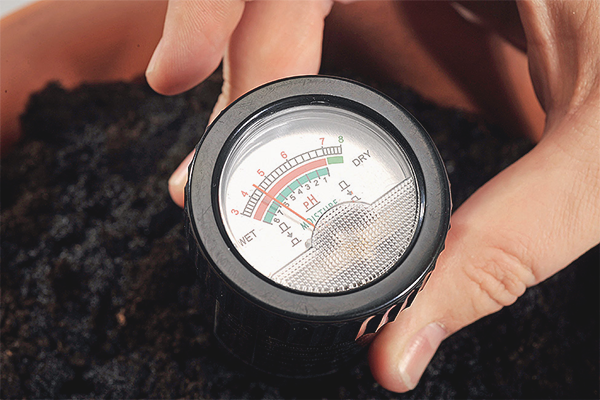
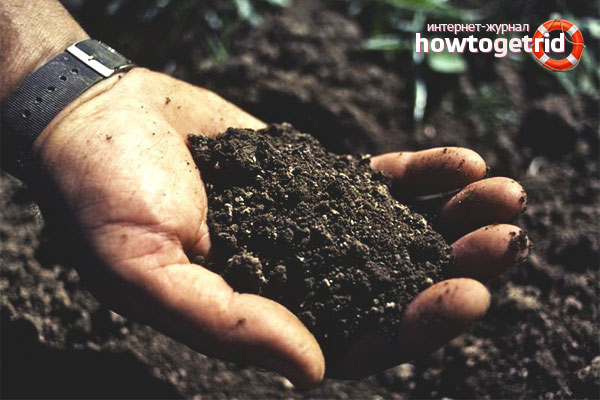
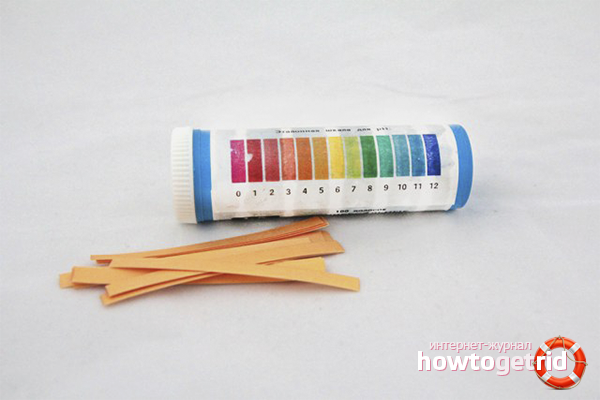

 1 votes, on average: 4,00 out of 5
1 votes, on average: 4,00 out of 5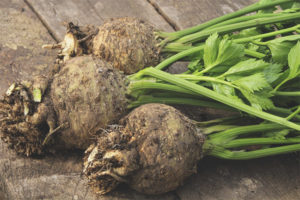
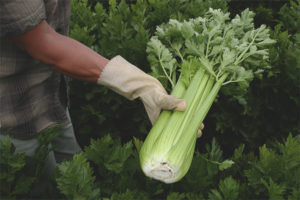

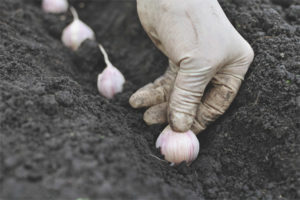
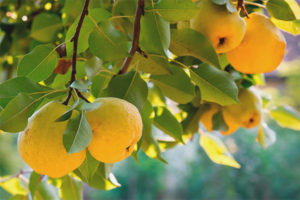
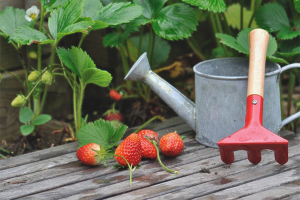

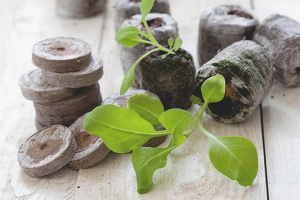
To send